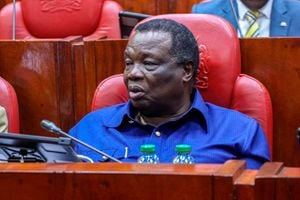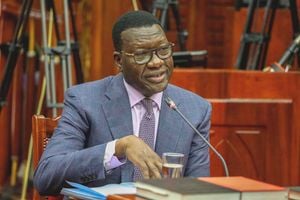Happening Now: DP Gachagua's impeachment motion in Parliament

Power prices for October will rise marginally on increased forex charges.
Power prices for October will rise marginally on increased forex charges, with households that use up between 30 and 100 units of electricity the hardest hit of all domestic consumers.
The change is based on the latest approved pass-through costs that show forex charges per unit of power has risen to Sh1.1489 up from Sh1.0332 last month. Fuel cost charge (FCC) has, however, dropped to Sh3.39 per unit from Sh3.43.
The new charges will see domestic consumers (between 30 units and 100 units) get about 40.88 units of power for every Sh1,000 spent, down from 41.03 units for a similar amount last month. Low-income homes that use up to 30 kilowatt-hours (KWh) of power per month will get 25.69 kWh for every Sh500 spent down from 25.8 kWh for the same amount last month.
It remains to be seen whether the marginal price increments will dent Kenya Power’s sales barely three months after the firm sold more than 900 million for the first time ever in July.
The higher forex charges turn the spotlight on Kenya Power given that the charges have increased despite the shilling holding its ground against the dollar to exchange at 129.19 units yesterday, the same rate that applied a month ago.
Consumers have enjoyed drops in electricity prices for the larger part of the year, mainly due to a stronger shilling and reduced tapping of thermal power. Electricity generation from dams has been steady from the start of the year to 358.23 million kWh in July, compared to 254.51 million kWh in January.
This drastically cut reliance on thermal power. FCC, forex adjustment, and the Water Resource Authority (WRA) are the three major pass-through charges used in setting monthly power bills.
Others are the levy that the energy regulator uses to cover its operational costs, inflation adjustment which is reviewed every six months, and a levy that is collected to fund the rural electrification projects.
FCC is money that Kenya Power collects from all consumers to pay electricity producers who burn diesel to make electricity.
The forex adjustment is charged for the fluctuation of hard currencies against the Kenya Shilling for expenditures related to the power sector, for example, loans tapped to build generation plants.
The WRA levy is used to compensate hydro-power plants supplying electricity to Kenya Power and whose capacity is more than one Megawatt.








